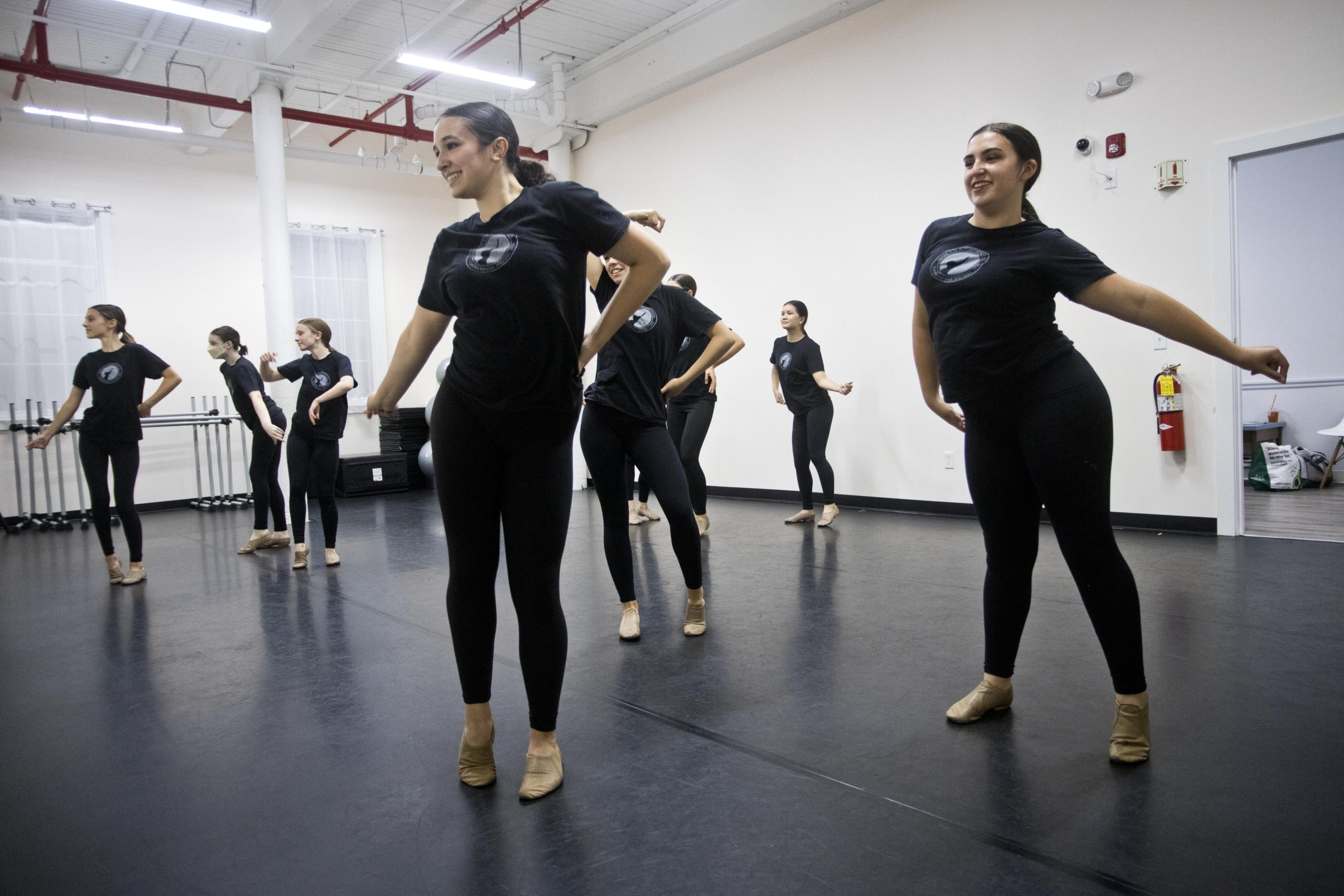Dance lessons are more than just a fun activity for children; they can also provide valuable life skills that will serve them well into adulthood. Here are just a few examples of how taking dance lessons can benefit children:
- Discipline and focus: Dance lessons require discipline and focus in order to learn and execute choreography, which are essential skills for success in any area of life.
- Confidence and self-expression: Dancing allows children to express themselves in a creative and physical way, which can help build confidence and self-esteem. This can be especially beneficial for children who may be shy or introverted.
- Teamwork and collaboration: Many dance routines require multiple dancers to work together in order to create a cohesive performance. This teaches children the importance of teamwork and collaboration, which are essential skills in both personal and professional settings.
- Physical fitness and coordination: Dancing requires a lot of physical activity, which can help improve children’s overall fitness and coordination. This can lead to better health and a more active lifestyle in the long run.
- Cultural appreciation: Dance is a universal art form, and many dance styles originate from different cultures around the world. Taking dance lessons can expose children to a variety of cultures and help them appreciate and respect diversity.
Overall, taking dance lessons can provide children with a wide range of valuable life skills that will serve them well into adulthood. From discipline and focus to teamwork and collaboration, and physical fitness, dance can help children develop in many areas. It’s a fun and engaging way for children to grow and learn, and it’s a great addition to their educational and recreational activities.
Just starting out? Here are a few tips for parents to help you select a dance studio that offers the aforementioned benefits:
- Look for a studio with experienced and qualified instructors: A dance studio with experienced and qualified instructors will be able to provide high-quality instruction and ensure that children are learning proper technique and form. You can ask for the qualifications of the instructors and also look for any certification or training they have.
- Consider the studio’s curriculum and focus: Some dance studios may focus more on performance and competitions, while others may focus more on technique and self-expression. Look for a studio that aligns with your child’s interests and goals.
- Check for a positive and supportive environment: A positive and supportive environment is crucial for children to feel comfortable and confident in their dance lessons. Look for a studio that encourages and supports its students, rather than one that focuses on competition and criticism.
- Look for a variety of class options: A variety of class options can help children find a dance style that they enjoy and can help them develop a well-rounded skill set. Look for studios that offer different styles of dance such as ballet, contemporary, hip hop and more.
- Consider the location and schedule of the studio: Make sure the dance studio is conveniently located and the schedule of the classes works for you and your child. It would be best if the studio is easily accessible to you and your child, and the schedule of the classes does not conflict with your child’s other activities or school.
By considering these factors, parents can help ensure that their child is getting the most out of their dance lessons and that they are learning valuable life skills that will serve them well into adulthood. It’s important to keep in mind that dance is not only an art form but also a great way to develop physically, mentally, and emotionally.
It’s always recommended to visit the studio, talk to the instructors, observe a class and ask for references from current students or their parents before making a decision. It’s also worth noting that the best dance studio for your child may not necessarily be the closest one or the one with the most impressive website, but rather the one that best meets your child’s individual needs and interests.

Comments are closed